England's Big Picture 2026 July 2015 BBC News
Corners of my Mind The Essex Bridge
Essex Bridge, Great Haywood Summary Description Map Gallery Directions Bibliography Links View more images The longest surviving packhorse bridge in Britain, it crosses the river Trent on 14 arches and is listed Grade I. Read full Description Region: Staffordshire Red Wheel Site: No Transport Mode (s): Road Address: ST18 0SR Postcode: ST18 0SR

Essex Bridge, Staffordshire Wikipedia Staffordshire, Places to go, Country roads
Essex Bridge is a Grade I-listed packhorse bridge over the River Trent near Great Haywood, Staffordshire.. Spanning the Trent 100 yards downstream of its confluence with the River Sow, it was built in 1550 by the then Earl of Essex a favourite of Queen Elizabeth I.The Earl lived nearby at Chartley Castle.It is now the longest remaining packhorse bridge in England with fourteen of its original.

Essex Bridge, Great Haywood, Staffordshire, England. Huile sur toile, Peinture, Toile
Essex Bridge A Grade I Listed Building in Great Haywood, Staffordshire More Photos » Approximate Location Map + - Leaflet | © OpenStreetMap contributors Large Map » Coordinates Latitude: 52.8006 / 52°48'2"N Longitude: -2.0086 / 2°0'30"W OS Eastings: 399517 OS Northings: 322565 OS Grid: SJ995225 Mapcode National: GBR 28D.H03
Corners of my Mind The Essex Bridge
RM PF26H7 - Essex Bridge, a footpath and packhorse bridge built in the 16th Century, crossing over the River Trent near Shugborough Estate. Find the perfect essex bridge staffordshire stock photo, image, vector, illustration or 360 image. Available for both RF and RM licensing.
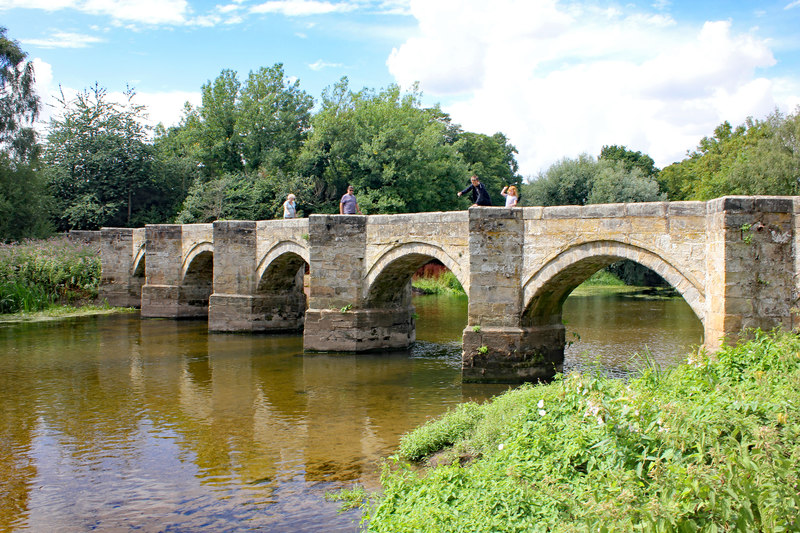
Essex Bridge, Staffordshire © Jeff Buck Geograph Britain and Ireland
Essex Bridge is a Grade I listed packhorse bridge over the River Trent near Great Haywood, Staffordshire, England. Spanning the Trent 100 metres downstream of its confluence with the River Sow, it was built in the late sixteenth century by the Earl of Essex a favourite of Queen Elizabeth I. The Earl lived nearby at Chartley Castle.
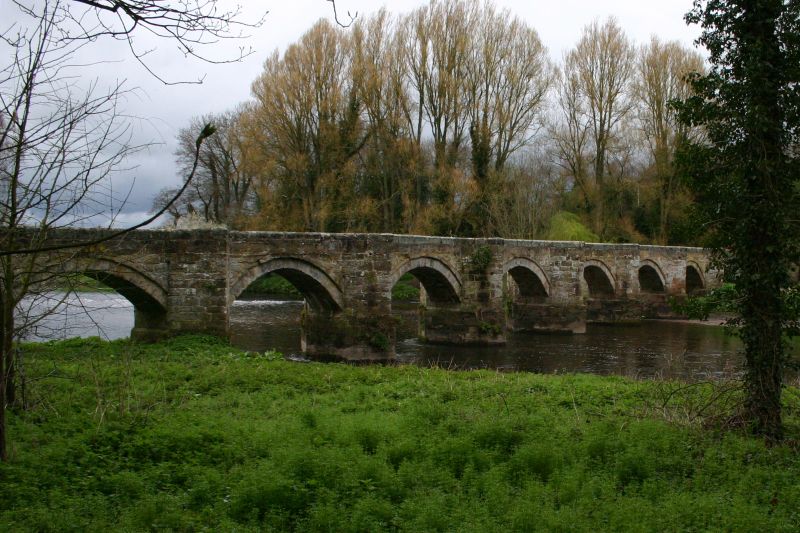
Essex Bridge, Great Haywood, Staffordshire
1079635 Date first listed: 10-Jan-1972 List Entry Name: ESSEX BRIDGE Statutory Address: ESSEX BRIDGE Uploaded by Mark Somerfield This photo may not represent the current condition of the site View all Location Location of this list entry and nearby places that are also listed. Use our map search to find more listed places. Loading map.
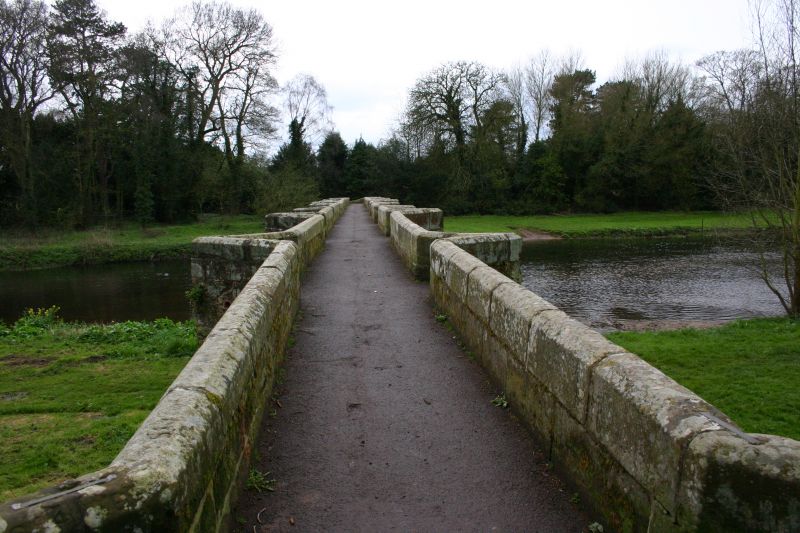
Essex Bridge, Great Haywood, Staffordshire
The bridge over the River Trent at its confluence with the River Sow at Great Haywood is listed grade 1 (list entry number 1079635) and also a Scheduled Ancient Monument, being 16th century and allegedly the "least altered old bridge in Staffordshire". It may have been designed for packhorses and is certainly not wide enough, at 4 feet, for modern vehicles. The path over it remains a bridleway.
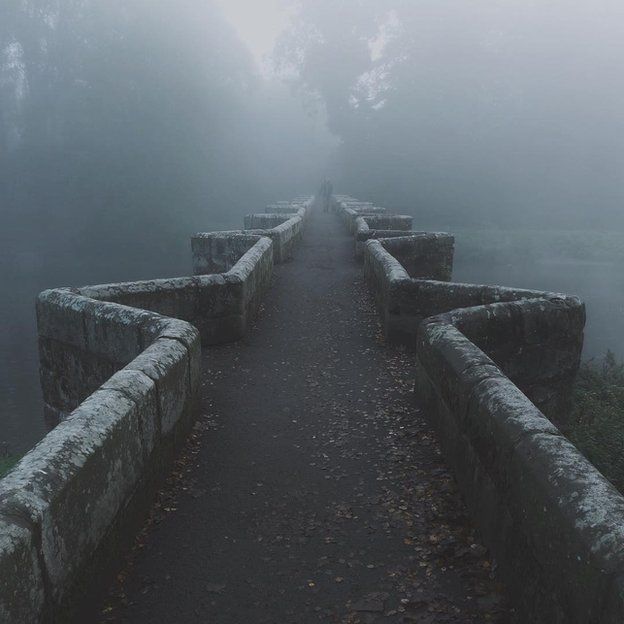
England's Big Picture 2026 July 2015 BBC News
English: The Essex Bridge at Shugborough, Staffordshire The stone packhorse bridge across the River Trent was built in 1550 by the Earl of Essex for Queen Elizabeth I so she could go hunting near the village. It has low parapets to avoid impeding the wide loads on the horses. Originally it had 40 arches, fourteen of which remain.

Essex Bridge Routes for Walking and Hiking Komoot
Essex Bridge is a Grade I listed packhorse bridge over the River Trent near Great Haywood, Staffordshire.Crossing the River Trent one hundred yards downstrea.

Essex bridge at Shugborough in Staffordshire" Great Britain Stock Photo Alamy
Essex Bridge. The bridge is just outside the estate and crosses the River Trent at the site of an earlier, 16th century wooden bridge. Built in the 17th century, the current stone bridge, with its parapets and ornate coping, originally had as many as 43 arches but is now much shorter, with just 14 arches.

The Essex Bridge at Shugborough Hall in Staffordshire Run by the National Trust and
Overview Heritage Category: Scheduled Monument List Entry Number: 1006111 Date first listed: 04-Dec-1934 Uploaded by Mark Somerfield This photo may not represent the current condition of the site View all Location Location of this list entry and nearby places that are also listed. Use our map search to find more listed places. Loading map.
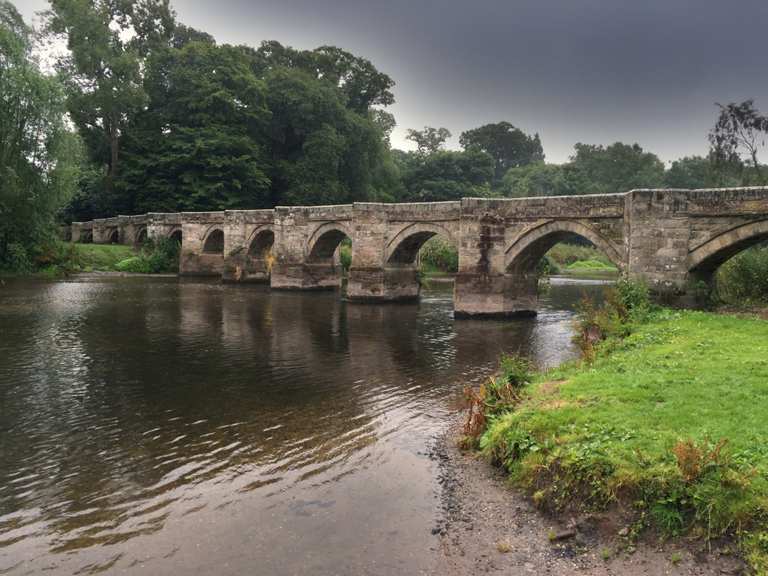
Essex Bridge Routes for Walking and Hiking Komoot
Discover the best hikes and paths to Essex Bridge in Colwich, Stafford. Explore it on the map and plan your own route to Essex Bridge. komoot. Discover; Route planner. Stafford, Staffordshire, West Midlands Region, England, United Kingdom. Best Hikes to Essex Bridge. Easy. 1. Shugborough Estate loop - Cannock Chase AONB. 01:27. 5.60 km. 30.

Curiosities of Staffordshire Essex Bridge YouTube
Essex Bridge ( grid reference SJ995225) is a Grade I listed [1] packhorse bridge over the River Trent near Great Haywood, Staffordshire, England. Spanning the Trent 100 metres downstream of its confluence with the River Sow, it was built in the late sixteenth century by the Earl of Essex a favourite of Queen Elizabeth I.
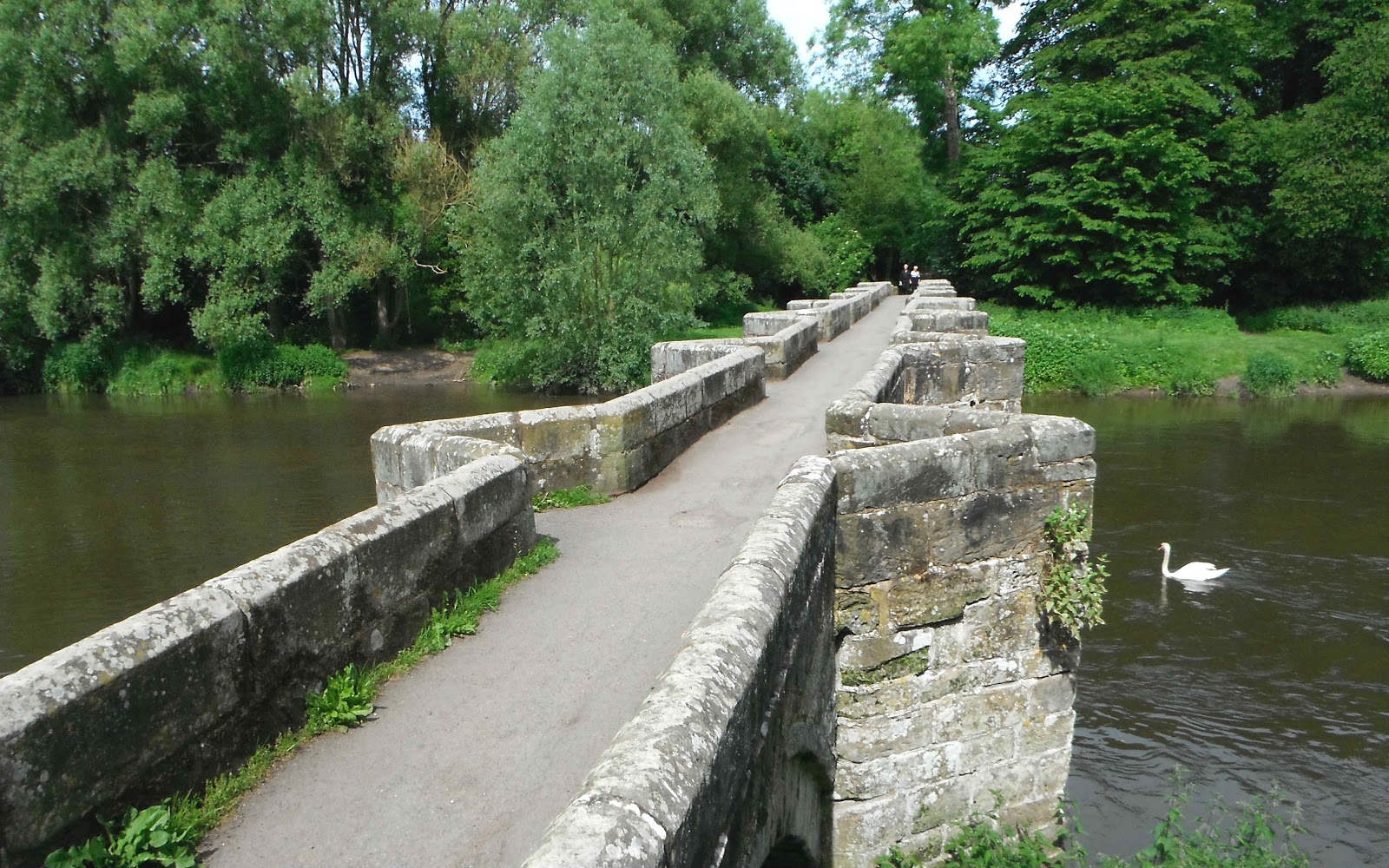
Staffordshire Photo Essex Bridge, for a Queen
Essex Bridge (grid reference SJ995225) is a Grade I listed packhorse bridge over the River Trent near Great Haywood, Staffordshire, England. Spanning the Trent 100 metres downstream of its confluence with the River Sow, it was built in the late sixteenth century by the Earl of Essex a favourite of Queen Elizabeth I. The Earl lived nearby at Chartley Castle. It is now the longest remaining.
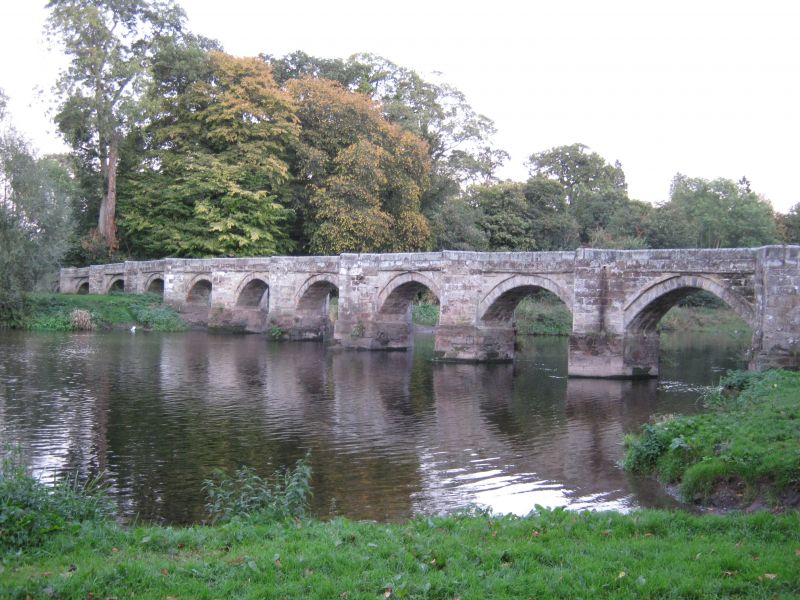
Essex Bridge, Great Haywood, Staffordshire
The following 16 files are in this category, out of 16 total. Canoeists prepare to set off along the Trent - geograph.org.uk - 1265760.jpg 640 × 416; 87 KB Crossing Essex Bridge - geograph.org.uk - 1175132.jpg 640 × 480; 85 KB Essex Bridge (detail), Great Haywood, Staffordshire - geograph.org.uk - 1191358.jpg 640 × 480; 161 KB

Essex Bridge, Staffordshire Essex Bridge, Staffordshire Flickr
Essex Bridge ( grid reference SJ995225) is a Grade I listed packhorse bridge over the River Trent near Great Haywood, Staffordshire, England. Essex Bridge Spanning the Trent 100 metres downstream of its confluence with the River Sow, it was built in the late sixteenth century by the Earl of Essex a favourite of Queen Elizabeth I.